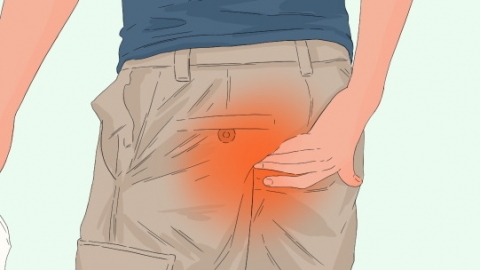How long will pain last after anal fistula surgery?
Postoperative pain following anal fistula surgery varies from person to person. Typically, pain gradually decreases within 3 to 7 days after surgery and largely subsides within about 2 weeks. The exact duration is closely related to the surgical method, wound size, and individual pain tolerance. Minimally invasive procedures result in milder pain that lasts a shorter time, while traditional surgeries involve larger wounds and therefore longer-lasting discomfort. A detailed analysis is as follows:

For patients undergoing minimally invasive surgery, the wound is small and tissue damage is minimal. Pain is more noticeable during the first 1 to 3 days after surgery, often manifesting as sharp pain during bowel movements, but it quickly improves afterward. Most patients experience little to no significant pain by around day 7. By following medical advice on pain medication and combining it with warm water sitz baths, discomfort can be effectively reduced.
Traditional surgical methods such as incision and seton placement involve larger wounds or require manipulation of the sphincter muscles, leading to prolonged postoperative pain that may last 10 to 14 days. Particularly during bowel movements, stimulation of the wound by feces can cause brief episodes of severe pain. Patients should maintain soft stools and avoid hard, dry feces to minimize irritation.
In daily life, maintaining wound cleanliness, regularly changing dressings, and avoiding prolonged sitting can promote pain relief and accelerate wound healing.




